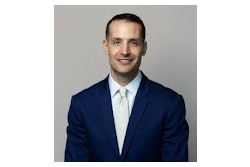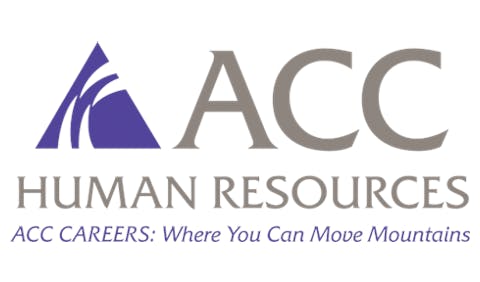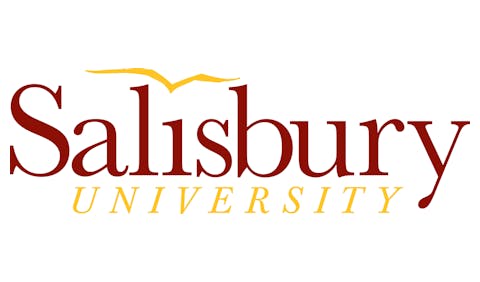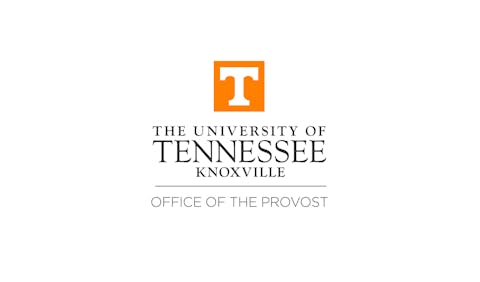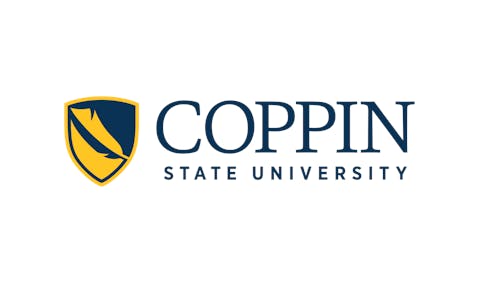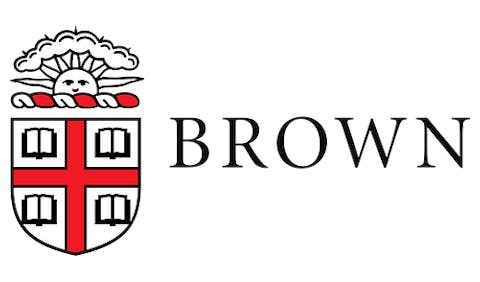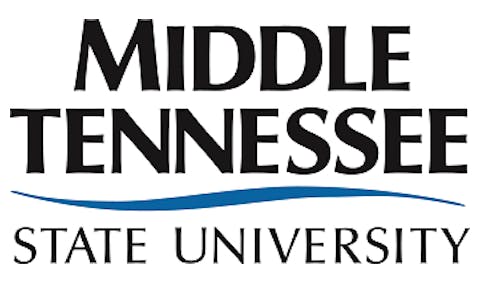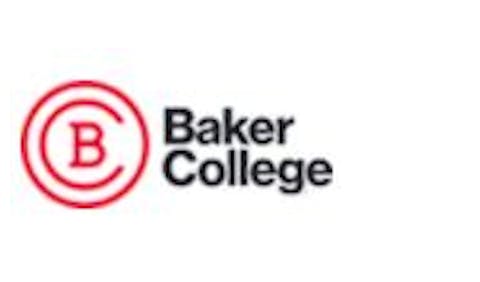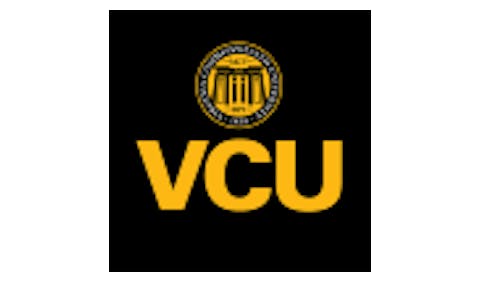Any given calendar year is full of its worries and concerns. But, when higher education experts were asked to reflect on 2024, each described a year loaded with exceptional pressure and stress.
From a spring full of student protest to the ending of diversity, equity, and inclusion (DEI) measures in some states, the list of stressors is only likely to increase as time marches into 2025. Experts urge higher education leaders, faculty, and staff, to brace themselves with community while having hard conversations about their purpose and place in society and to decide where they stand on issues of shared governance.
“The world and the U.S. are changing rapidly with deep, cultural divides. I think these divides are taking a toll on students and faculty alike,” says Dr. Marybeth Gasman, Samuel DeWitt Proctor Endowed Chair in Education and associate dean for research in the Graduate School of Education at Rutgers University. “They are stressed, low energy, some are afraid, and they are less hopeful.” Dr. Marybeth Gasman
Dr. Marybeth Gasman
Ultimately, geographic location will make the difference in access to and completion of postsecondary education in America, and as the Trump administration moves into the White House, experts predict more chaos, more confusion, and more challenges to higher education.
Experts agree that those most likely to take the brunt of administrative changes will be the poor and impoverished. But they also agree that everyone involved at an institution, from board of trustee members to the students, have a role to play and the power to protect educational goals and aspirations. They urged stakeholders to stay as invested and involved as possible.
Dr. Felecia Commodore, an associate professor of Education Policy, Organization and Leadership at the University of Illinois Urbana-Champaign, says two of the biggest events of 2024 were the ramifications of the Supreme Court June 2023 decision to end the consideration of race in admissions, and “the ways in which DEI initiatives were dismantled almost overnight.”
The Supreme Court’s ruling saw a deep decrease in Black student enrollment at some elite institutions. The Massachusetts Institute of Technology (MIT) saw its Black enrollment decrease by 13% from its average. Since 2013, over 80 anti-DEI bills have been introduced in 28 states, and 14 have been signed into law. States with restrictions on DEI programming include Texas, Florida, Kentucky, North Carolina, and more.
Dr. Stella M. Flores, professor in the Department of Educational Leadership and Policy and professor in the Department of Curriculum and Instruction at University of Texas, says that 2024 was filled with the challenge of implementing Senate Bill (SB) 17, Texas’s new law prohibiting DEI programming and initiatives in public institutions of higher education.
“I keep going back to how I feel we were living different lives across the different states. For us in Texas, 2024 was getting ready for the implementation of SB17 and that completely took over our lives,” says Flores, an expert on affirmative action. “We knew the Supreme Court ruling [on affirmative action] was coming as well, but it was a case where state policy really overshadowed federal policy for us.”
In the wake of anti-DEI legislation, institutional leadership found themselves grappling with whether or not to maintain the employment of faculty and staff in DEI fields, whose careers and fields of study were no longer legally sustainable. The University of Florida (UF) shuttered its Office of Chief Diversity Officer and released 25 people from employment, while other institutions like the University of Kentucky chose to change the titles and functionality of DEI related fields.
With a Republican administration, experts agree that individual states are more and more likely to shape 2025. For some, there’s excitement in letting states take the wheel. Dr. Frank Fernandez left UF in summer 2024 and moved to the greater Chicago area. He is now an associate professor of Educational Leadership and Policy Analysis at the University of Wisconsin-Madison.
“The future’s going to be so much about states’ rights, states’ policy making,” says Fernandez. “I am hopeful, in some ways, because there are state policy makers trying to do really good things. In Illinois, a lot of attention is being paid to the idea of adequately funding higher education, asking how should we fund the four-years and two-years, so [the institutions] can actually do what we say we want them to do.”
For Commodore, the events of 2024 have shone a light on the institutional question of purpose and whether or not the public at large understands or even supports the mission of higher education.
“There was an assumption that [postsecondary institutions] serve a public good. We offer access social mobility. We are an arm of creating opportunity,” says Commodore. “Our stress test is making us figure out, does public society see us as that, or do they see us as an enemy of democratic values? And, if the latter is the case, how do we navigate that?”
Commodore says higher education is currently undergoing a “stress test,” as institutions, faculty, and staff, navigate this relationship between higher education, policy, and society.
“[In 2024], you saw faculty making decisions about where they would work and live based on some of the state politics around things like DEI and some of the other policies that were affecting people with marginalized identities,” says Commodore. “We saw that these decisions, made at a state level and Supreme Court level, really caused students to see the power in their enrollment, and so we saw some schools have amazing enrollment numbers, and then we saw some states and schools really suffer.”
Some of the institutions which saw enrollment numbers increase included Historically Black Colleges and Universities (HBCUs), Commodore adds, in part thanks to the boost of awareness from HBCU-alum and Democratic nominee Kamala Harris and the racial reckoning of 2020.
Gasman agrees.
 Dr. Frank Fernandez
Dr. Frank Fernandez
Gasman is particularly concerned that 2025 could see the undoing of the Biden administration’s efforts to relieve the burden of student debt.
“Biden’s work expanding income-driven repayment programs and providing targeted debt relief for lower-income borrowers has helped so many people. If Trump pushes to block or reverse these measures, we may see new legal challenges to income-driven repayment plans or attempts to block expanded loan forgiveness,” says Gasman. “This could create a climate of deep uncertainty among college graduates — with borrowers delaying life decisions — such as buying homes or attending graduate school.”
Managing the financial strain and impact of postsecondary education has always been something students and their families must consider. But it was made increasingly more difficult in 2024 with the troubled unveiling of the new, “simplified FAFSA,” which wreaked more havoc on students with unique life circumstances, as they found themselves unable to submit their FAFSA and unlock critical financial support.
“The delays and complications from the redesign resulted in fewer students applying for aid early, and put a strain on financial aid offices. Students and families experienced a lot of anxiety around how to afford college,” says Gasman. The worst outcome of the delay, she adds, kept students from enrolling at all.
Trump has promised to dismantle the entire Department of Education. While Gasman says something so complex is much easier said than done, Trump’s efforts to reign in the department’s influence could include measures that pull funding used to recruit and retain low-income students, like the Pell Grant, which more liberal experts argue should be expanded to improve access and decrease student debt.
Gasman also added that she’s particularly worried about any federal attempt to decrease programming for students of color at public MSIs and to impose restrictions around curriculum, particularly courses touching on racial justice and even the content of history courses.
Flores knows first-hand the impact that dismantling diversity programming has on both students and faculty. Texas’s SB17 ended system-based supports for LGBTQ+ students and cultural graduations. Overcompliance, she says, has brought the Texas legislature into curriculums and “areas that they said would not be touched by anti-diversity bills are still being touched in some way, or investigated.”
“The pain of the students is so palpable. They’ve lost their identity homes, their safe places. We as faculty and university leaders have tried to be there for them, but faculty are overworked and grieving as well,” says Flores. Dr. Stella Flores
Dr. Stella Flores
“We have evidence to show that focusing on belonging and inclusion helps students stay in college. We have evidence that shows culturally attentive outreach helps recruit and enroll. We have evidence for these programs that colleges were employing, and we don’t honor that evidence. We honor political whims,” says Flores. “If our goal is economic revitalization, economic prosperity, the biggest force for that is college completion.”
The tense atmosphere of the year was punctuated by student protests over the Israeli and Palestinian conflict, which Flores says created a whole other sense of anxiety on campus. The activism seen on campuses across the nation brings up the question of protected speech and shared governance, says Commodore, and calls for institutional introspection.
“[Is] shared governance still something we value in higher education? Underpinning that are cardinal principles of like academic freedom, responsible freedom of speech, the safety to engage in political protest on our campuses,” says Commodore. “Do we really believe in academic freedom? Do we really see students as developing minds, or do we see them as numbers in enrollment? Many of us in the ecosystem have to have tough conversations about who we thought we were, who we actually are, and who we want to be.”
Gasman says the long-term impact of these student protests could lead campuses to strengthen their policies on free expression, offer more training to help faculty handle sensitive discussions, or even increase security measures.
“We may also see campuses creating more opportunities for constructive dialogue to avoid escalating conflicts,” says Gasman. “Of course, given that Trump is president-elect, things could turn out different as he is announcing new plans daily.”
It’s impossible to predict how effective or ineffective the Trump administration will be in completing its objectives, including his proposal to mass-deport undocumented immigrants and end birth-right citizenship. Fernandez notes that creating an unwelcome environment for immigrants might make it more difficult for international students and cooperative international research to be executed. Any budgetary slashing done to the National Science Foundation or other federal programs would certainly make grant-funded research more difficult, he adds. Other norms of institutional guidance, including Title IX, are all likely to change, and the ability of institutions to pivot and respond will likely depend on their overall access to funding, says Fernandez.
“Throughout universities, people are trying to navigate the ambiguity of this new administration, anticipate what’s going to change and figure out how to implement something,” says Fernandez. “Good chunks of people’s careers will now be thrown into figuring out how to implement something that may or not make sense, and it may or may not be why they got into the career in the first place.”
While another Great Resignation is possible, like the one that rippled through higher education in the wake of the COVID-19 pandemic, Fernandez says he hopes that these new challenges will attract and retain those ready to take them on.
Gasman underscores the opportunities provided through donor and alumni connections to bring funds into drained or eliminated coffers. Philanthropists like Mackenzie Scott, who has given over one billion in donations to MSIs, HBCUs, and community colleges since 2020, could be “a counterforce to conservative policy agendas, particularly in the areas of education, social justice, and public health,” says Gasman.
To engage these sources, Gasman urges institutions, particularly MSIs (which she says are more likely to feel the impact of anti-DEI legislation), to “strengthen ties with private donors, enhance alumni engagement, and be creative in developing alternative revenue streams.”
Ultimately, Gasman urges higher education institutions to continue doing what they do best. Support students and nurture them, support communities, and ensure that those in their surrounding areas feel safe.








